Waist trainers have taken the fitness and beauty world by storm in recent years. From social media influencers to celebrities, everyone seems to be squeezing into these corset-like garments in hopes of achieving a snatched waistline and hourglass figure. But amid the waist-training trend, a common and practical question arises: can you eat with a waist trainer on without harming your digestive health? At first glance, wearing a waist trainer during meals might seem like a clever way to eat less and slim down. However, the reality is more complicated. This comprehensive guide dives into the effects of wearing a waist trainer while eating, what health experts say, and how to use waist trainers safely (if at all) without messing up your digestive system.
What Is a Waist Trainer?
Before tackling the main question, let's start with the basics. A waist trainer is a compression garment designed to cinch the waist and create a slimmer appearance. Often made from thick elastic fabric with steel boning, velcro, or hook-and-eye closures, waist trainers are meant to "train" your body shape over time when worn consistently. They come in various styles—some are intended for workouts (workout bands), while others are meant for everyday wear or even sleeping. People wear waist trainers for different reasons, including:
- Enhancing curves during workouts: Some fitness enthusiasts wear them at the gym, believing it will increase sweating and help shape their waist.
- Improving posture: The stiff structure can provide back support and remind you to sit or stand upright.
- Creating an hourglass figure under clothing: Worn under outfits, a waist trainer can temporarily give the illusion of a smaller waistline for an event or photo.
- Post-pregnancy support: Some new moms use postpartum belly wraps or similar waist cinchers to support abdominal muscles (though medical-grade postpartum binders are usually recommended over trendy waist trainers).
However, it's important to note what waist trainers don't do. While they may make you look more toned temporarily, they don't burn belly fat or permanently reshape your body. Any immediate "results" come from redistribution of fluids and the appearance of compression. In other words, a waist trainer is not a magic ticket to weight loss or a substitute for exercise and healthy eating. With that foundation in mind, let's explore what happens if you try to eat a meal while wearing one.
Can You Eat While Wearing a Waist Trainer?
Technically, yes — you can eat with a waist trainer on, in the sense that it's physically possible to ingest food while your midsection is squeezed. But the better question is: Should you eat while wearing a waist trainer? Health experts overwhelmingly say no for a variety of important reasons. Wearing a tight waist trainer during mealtime can turn a normal lunch or dinner into an uncomfortable experience. Here's what actually happens inside your body when you eat while your midsection is tightly compressed by a waist trainer:
Reduced Stomach Capacity and Artificial Fullness
Waist trainers put continuous pressure on your abdominal area, including your stomach. This external compression physically limits how much your stomach can expand when you eat. As a result, you might find yourself feeling full or "stuffed" after just a few bites. Some waist-training enthusiasts tout this as a benefit, claiming it helps them eat less and lose weight. Indeed, because the waist trainer is "tightening the waist so much... you have a tendency to eat less," explains Dr. Jamile Wakim-Fleming, a hepatologist at Cleveland Clinic.
However, feeling full sooner because of a garment is not the same as healthy portion control. Eating less due to external pressure rather than natural hunger/fullness cues can lead to inadequate nutrition and rebound hunger later. It might also encourage disordered eating patterns. Moreover, that "full" sensation is often really just discomfort. Your stomach, like a balloon, wants to expand when you eat a meal; if it can't, the food and gases have nowhere to go. This can cause pressure to build up, setting the stage for the next problem: digestive distress.
Digestive Discomfort and Acid Reflux
Many people report immediate digestive discomfort when trying to eat with a waist trainer on. Common symptoms include:
- Bloating and gas: With your gastrointestinal tract squeezed, gas gets trapped more easily. Dr. Wakim-Fleming notes that waist trainers cause people to retain more gas, leading to bloating. You might find yourself belching or feeling uncomfortably gassy after even a small meal.
- Heartburn and acid reflux: Tight compression around the midsection can push stomach acids upward. In fact, wearing a waist trainer can force stomach contents back up into the esophagus, worsening heartburn symptoms. If you have gastroesophageal reflux disease (GERD) or frequent heartburn, a waist trainer can be a recipe for pain. Healthline reports that tight clothing (including waist trainers) has been shown to aggravate acid reflux and heartburn by pushing acid up where it doesn't belong.
- Nausea: Some people feel nauseous or even outright sick if they eat while corseted in a trainer. This makes sense — your stomach's normal processing is disrupted, and in severe cases your brain may interpret the extreme pressure as a sign that something's wrong, triggering nausea.
- Overall slower digestion: Your digestive system doesn't like being squeezed. Food may move more slowly from the stomach into the intestines under pressure. GoodRx notes that a waist trainer's compression can slow down digestion, leading to issues like constipation in some cases. Imagine trying to push food through a constricted pipe; everything becomes less efficient.
These issues happen because your digestive organs are essentially being "hugged" too tightly by the waist trainer. Normally, after you eat, your stomach expands and gentle muscular contractions (peristalsis) move food along. But with a waist trainer on, your stomach and intestines have literally less room to do their job. This can cause discomfort during the meal and for hours afterward, as your body struggles to digest under constraint.
Why Experts Recommend Removing Your Waist Trainer Before Meals
Given the downsides listed above, it's no surprise that most fitness trainers, doctors, and nutritionists advise taking off your waist trainer before you eat. Here are a few key reasons to remove that waist-squeezing band when it's time to dine:
Improved Digestion (Let Your Body Do Its Job)
Digestion is a complex process that works best when your body is relaxed and unrestricted. Without an external vice gripping your middle, your stomach and intestines can expand and move naturally to process food. Removing the waist trainer allows your digestive organs to function normally. Your stomach can stretch as needed to accommodate a meal, and muscular contractions can efficiently churn and propel the food. You're essentially giving your gut the space it needs to break down nutrients properly. This means less likelihood of indigestion or that painfully stuffed feeling. As one dietitian put it, "a healthy digestion requires room to work" — so give your gut a break at meal times.
Better Awareness of Fullness Cues
Eating without a waist trainer also helps you stay tuned in to your body's natural hunger and fullness signals. With no artificial pressure confusing things, you can tell when you're truly full versus when you're just physically constrained. This promotes mindful eating. You'll be more likely to stop when you've had enough food to satisfy you, rather than either under-eating (due to the waist trainer's squeeze) or over-eating later because you weren't satisfied by the tiny meal you managed to get down while wearing it. Trust your body's internal signals; they're there for a reason. If weight management is a goal, learning to listen to those signals is far healthier in the long run than relying on a corset to dictate portion size.
Reduced Risk of Post-Meal Discomfort
Let's face it: meals are meant to be enjoyed, not endured with gritted teeth. Without a tight waist trainer, you're far less likely to experience post-meal gas, cramps, or acid reflux. You can sit comfortably, breathe deeply, and even indulge in a normal-sized meal without fear of pain later. Removing the waist trainer before eating is particularly important if you're planning to sit down for a larger meal (like dinner or a holiday feast). Even a well-fitted waist trainer can turn a joyful Thanksgiving dinner into an uncomfortable ordeal. Do yourself a favor and loosen or remove it—your digestive tract will function more smoothly, and you can actually relax and enjoy your food. Remember, beauty or fitness gadgets should never make you suffer through your supper.
Are There Any Exceptions? (Listening to Your Body)
Everybody's body and tolerance levels are a little different. Are there rare cases where someone might eat with a light waist trainer without too much trouble? Perhaps — but these are exceptions, not the rule. If you're intent on occasionally keeping your waist trainer on, here are a few scenarios and important cautions:
- Small snacks or liquids: Some people find they can handle very small portions, like a light snack or a protein smoothie, while wearing a less constrictive waist trainer. A few carrot sticks or a half-cup of yogurt might not create the same pressure as a full meal. If the waist trainer is only gently compressive (more like snug shapewear than a tight corset), it may not cause immediate pain with a tiny snack. But even then, be attentive to how you feel.
- Looser compression garments: There's a difference between true stiff waist trainers and stretchy shapewear. A soft, stretchy compression tank or belly band that isn't cinched super tight might not interfere as much with digestion. These lighter garments aren't really "waist training" in the dramatic sense, though — they're more for smoothing. Don't confuse a casual shapewear cami with the heavy-duty waist trainers that have steel boning and intense pressure. The latter is far more likely to cause issues.
- Individual tolerance: A very few individuals might report that they don't feel much discomfort eating with a waist trainer, especially if they've been waist-training for a while and have gradually acclimated. Pain tolerance and body shape variability mean experiences differ. However, just because you can doesn't mean you should. Even if you manage to eat a sandwich while laced up without acute pain, subtle impacts on digestion could still be happening. Always listen to your body's signals. If you feel bloated, cramped, short of breath, or nauseous, take the waist trainer off immediately. Those signs are your body's way of saying something isn't right.
In general, even if you tolerate the waist trainer during a meal, it's wise to limit that practice. The human body simply didn't evolve to digest food under a vice grip. Why add unnecessary stress?
How to Safely Combine Waist Training with Eating (If You Choose To)
Maybe you're committed to wearing a waist trainer as part of your daily routine or fashion, but you don't want to wreck your digestion. Is there a compromise? Below are some practical tips to help you avoid the worst issues if you plan to mix waist training and eating. (That said, consider this harm reduction — the safest bet is still to remove or loosen the trainer at mealtimes.)
- Time It Right: Avoid wearing your waist trainer at least 30 minutes before and after larger meals. Give your body some free time to prepare for food and to digest afterward. For example, if lunch is at noon, take off your waist trainer by 11:30, enjoy your meal uncompressed, and wait until about 1:00 PM to put it back on. This buffer allows your stomach to do its initial digestion work without constraints. Some people find it helpful to schedule their waist-training hours between meals (e.g., wear it in the mid-morning and remove for lunch, then wear in mid-afternoon, remove for dinner). Planning around meal times can greatly reduce discomfort.
- Eat Smaller, More Frequent Meals: Instead of three big meals while wearing a waist trainer, opt for smaller, more frequent meals or healthy snacks throughout the day. Smaller portions put less strain on your stomach if you happen to be wearing the trainer. For instance, you might have a modest mid-morning snack and a modest lunch rather than one huge lunch. This approach is gentler on digestion and can also prevent the extreme fullness that a waist trainer can cause with larger meals. It's similar advice to what doctors recommend for people with acid reflux: frequent small meals can be easier on the system. Just ensure those mini-meals are nutritious since you'll be eating less at a time.
- Stay Hydrated: Don't forget to drink water. Proper hydration is essential for digestion and overall digestive health. Sipping water throughout the day (outside of meal times) can help keep your digestion smooth and also prevent false hunger signals. Sometimes people wear waist trainers to try to curb snacking; rather than rely on a cinch, try drinking a glass of water if you feel peckish. Also, being hydrated helps your body process fiber and keep your bowels regular — important if there's any risk of the waist trainer slowing your gut motility. Just be cautious about chugging large volumes of water at once while corseted (that could distend your stomach rapidly and cause discomfort). Steady, moderate water intake is key.
-
Choose Easy-to-Digest Foods: If you plan on keeping your waist trainer on during a meal or you're about to put it back on soon after, be kind to your stomach with waist-trainer-friendly food choices. Avoid super greasy, fried, or heavy foods that sit like a rock in your stomach (they're likely to cause more reflux and gas under pressure). Instead, go for options that are gentle on the gut, such as:
- Lean proteins: e.g. fish, tofu, or chicken breast without heavy sauce. These provide nutrients without excessive fat.
- Cooked vegetables: Steamed or sautéed veggies are easier to digest than raw cruciferous salads which can cause gas.
- Whole grains in moderate amounts: Small portions of oatmeal, quinoa, or brown rice, which offer fiber but aren't too bulky in volume.
- Smoothies and soups: Blended foods can be easier to handle since they're partially broken down. A nourishing smoothie or a pureed soup can deliver vitamins without overfilling the stomach.
- Chew Thoroughly and Eat Slowly: This is good advice for anyone, but it's especially important if you're wearing any compression. Chewing each bite well and not rushing your meals means your stomach has less work to do on large chunks of food. It can ease the digestive process. Plus, eating slowly gives you a better chance to recognize when you've had enough, so you don't accidentally overeat and then feel terrible when a waist trainer is tightened.
- Listen to Your Body (Always): We've said it before, but it bears repeating: if something feels off, loosen or remove the waist trainer immediately. No fashion or fitness goal is worth ignoring pain or dizziness. Your body is an excellent communicator if you pay attention. Signals like sudden heartburn, sharp stomach pain, feeling faint, or even unusual pressure on your bladder (waist trainers can sometimes make you feel like you need to pee by pressing on the abdomen) are all red flags that the waist trainer is harming more than helping in that moment. When in doubt, take it off and give yourself a breather.
By following the above tips, you can mitigate some risks, but remember that these are coping strategies, not endorsements. The truth is that regularly eating with a waist trainer on is fundamentally at odds with how the human digestive system functions best.
Debunking Waist Trainer Myths
It's clear that wearing a waist trainer during meals isn't great for you. But what about the bigger picture? Waist training in general comes with a lot of myths and questionable practices. Let's address a few common misconceptions and discuss healthier alternatives for waist-slimming and weight management:
-
Myth: "Waist trainers help you permanently lose weight or belly fat."
Reality: Any weight loss from wearing a waist trainer is usually water weight (from sweat) or a result of eating less temporarily because you're uncomfortable. There is no evidence that waist training causes permanent fat loss or spot reduction around your middle. Fat loss comes from burning more calories than you consume, and you can't pick a body part to magically slim down by wearing a device. Once you take the trainer off and rehydrate/eat normally, your waist returns to its usual size. Lasting weight loss requires a balanced diet and regular exercise, not just compression.
-
Myth: "Waist trainers improve your posture and support your back, so they're good for you."
Reality: This one has a grain of truth but also a catch. Yes, a waist trainer's rigidity can force you into an upright posture while you wear it, and some people feel temporary back support. However, over-reliance on that external support can weaken your natural postural muscles (the core and lower back), leading to worse posture once the trainer is off. It's similar to how wearing a neck brace or back brace nonstop would eventually cause muscle weakening. A better way to improve posture is through exercises that strengthen your core and back muscles (think planks, yoga, Pilates) and being mindful of your sitting and standing habits. Use a waist trainer for posture sparingly, if at all, and never as a substitute for building a strong core.
-
Myth: "Wearing a waist trainer is a good way to control your appetite."
Reality: We've discussed how it might physically limit intake, but this is not a healthy or reliable method for appetite control. It doesn't teach you any long-term habits and can make eating an unpleasant experience. Instead of cinching your stomach to eat less, try mindful eating techniques and healthy diet strategies: for example, use smaller plates, fill up on fiber-rich veggies, drink water before meals, and eat slowly to let fullness signals register. If you struggle with portion sizes, consult a nutritionist or use a food journal. These approaches improve your relationship with food, whereas a waist trainer just forces a short-term fix that could backfire.
Final Thoughts: Prioritize Health Over Hype
In conclusion, can you eat with a waist trainer on? Physically, yes, it's possible — but it's usually not a good idea. The temporary visual appeal of a cinched waist isn't worth the digestive discomfort and potential health risks that come with wearing a waist trainer during meals. Your digestive health should take priority over fitting into a slightly smaller dress size at dinner. Waist trainers can have a place as an occasional fashion accessory or part of a costume, but they should never replace healthy habits or be used as a constant crutch for weight loss. If you do choose to use one, do so with caution: wear it for short periods, skip it during meals, and pay attention to your body's signals. Remember that beauty and fitness should never come at the cost of pain or harm. Your body needs to breathe, digest, and function naturally to keep you truly healthy. At the end of the day, a healthy body — one that can eat, move, and live comfortably — is the foundation of any fitness or beauty goal. So give yourself permission to loosen that waist trainer, enjoy your meals in peace, and focus on sustainable health practices. Your body will thank you for it. Stay safe, listen to expert advice, and let your stomach (and lungs!) have the space they need. After all, true confidence comes from feeling good on the inside as well as looking good on the outside.

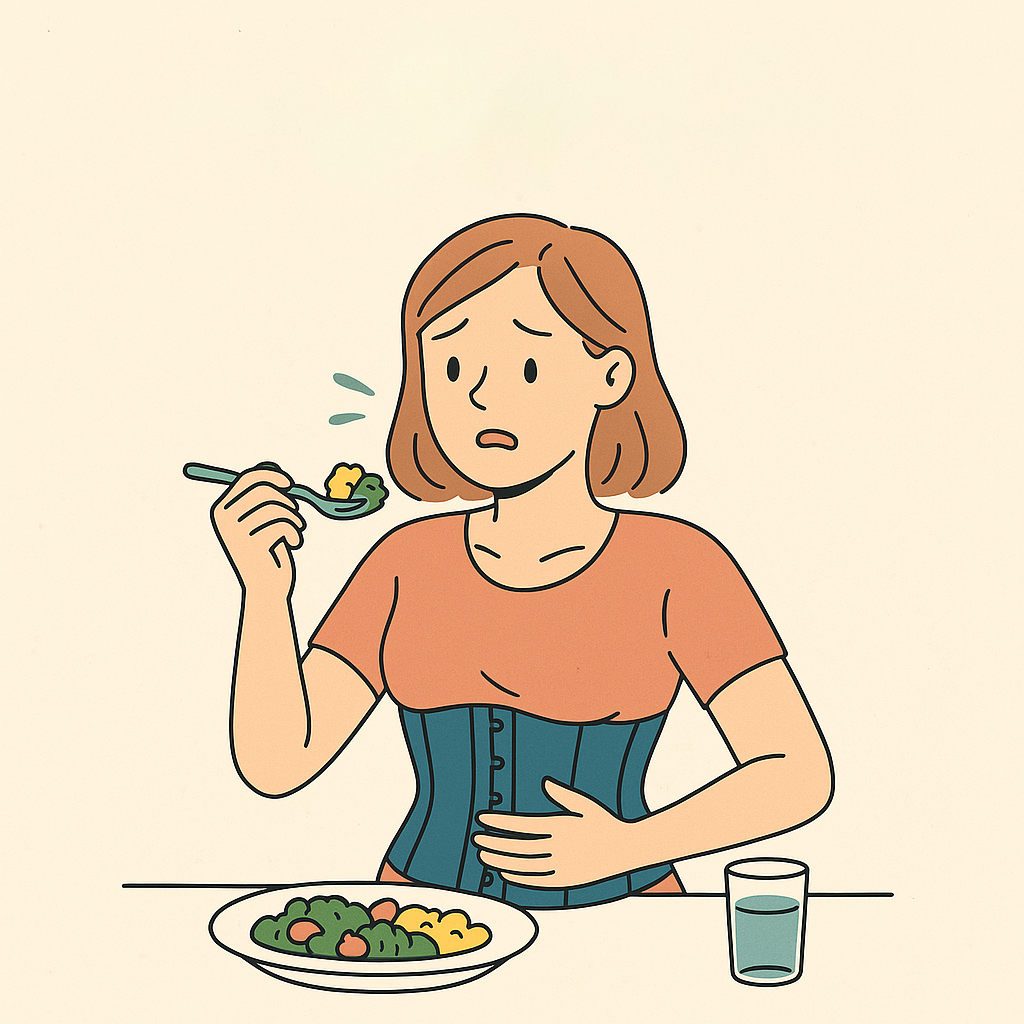
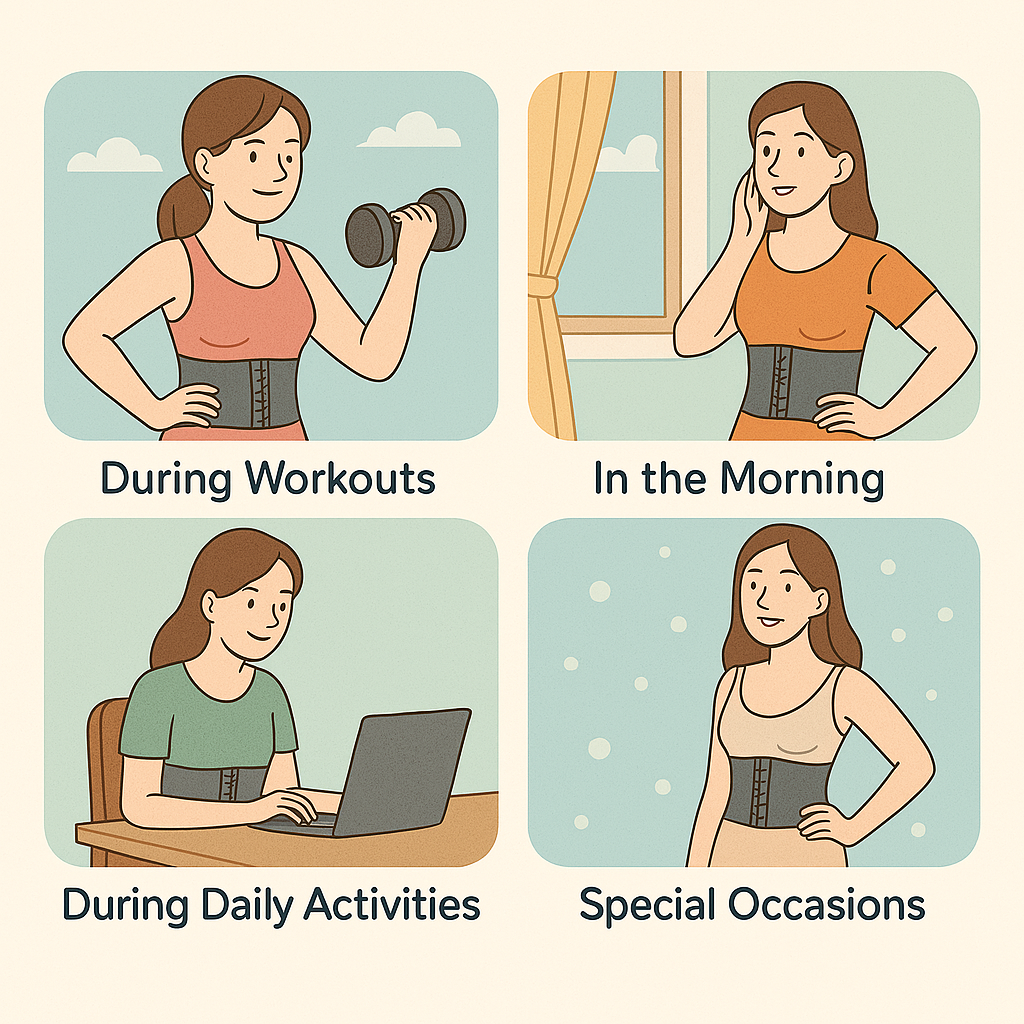
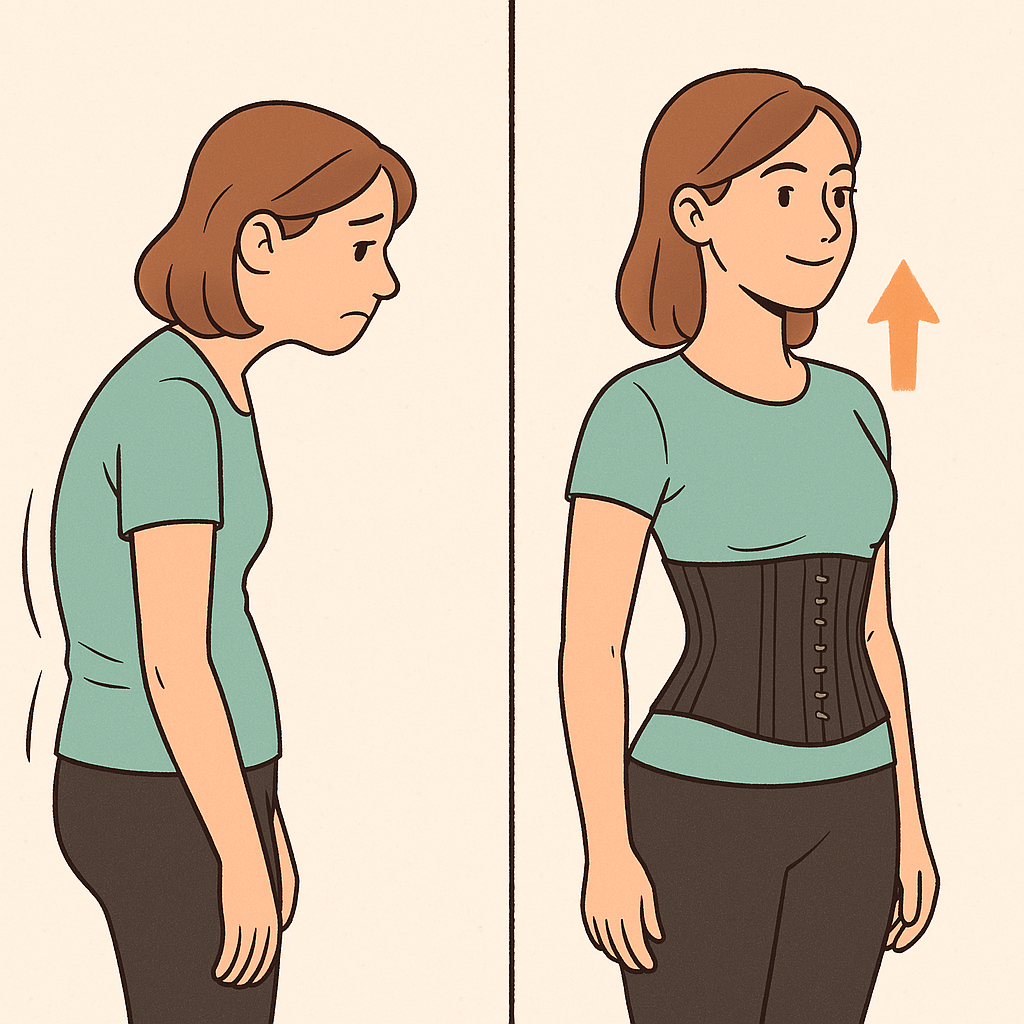
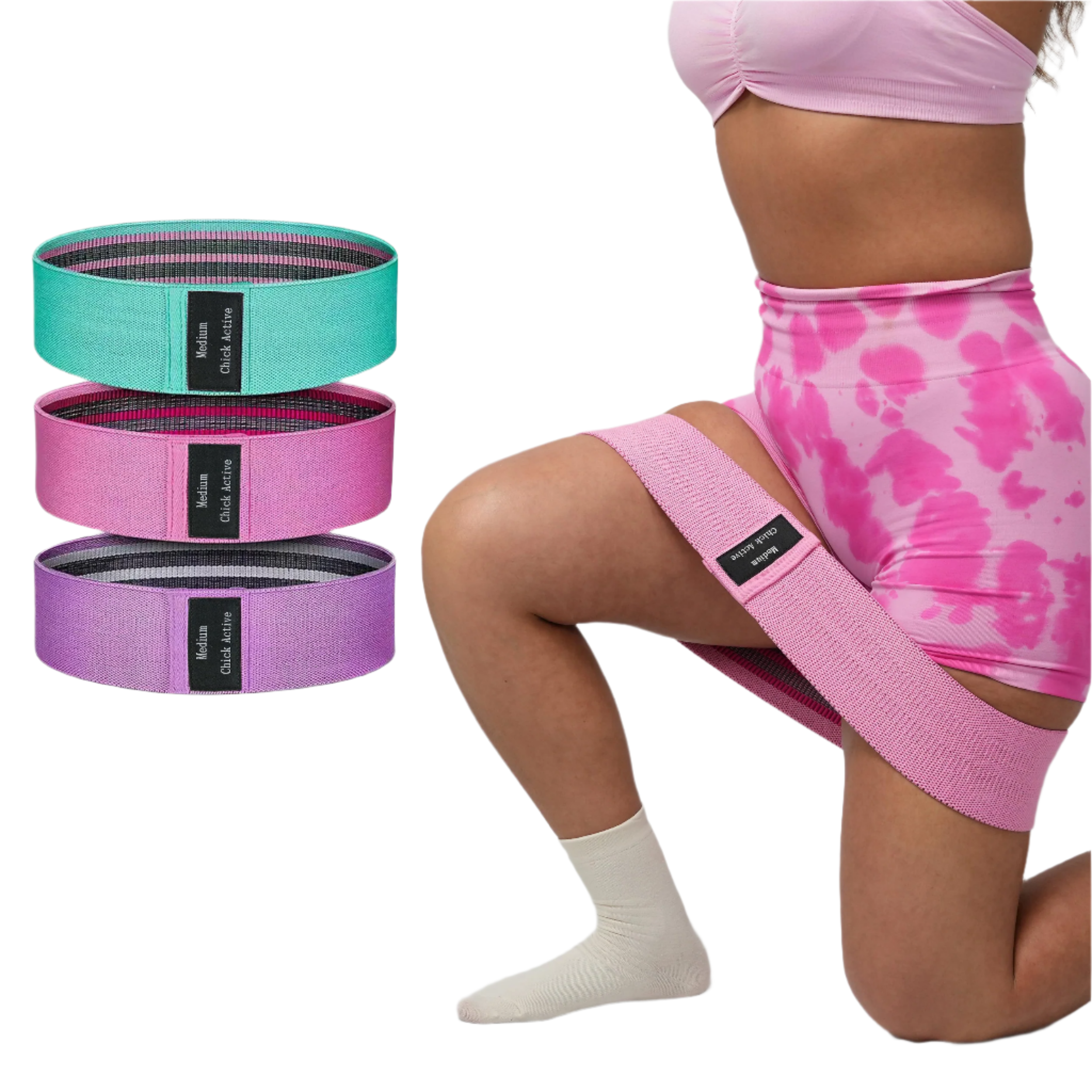
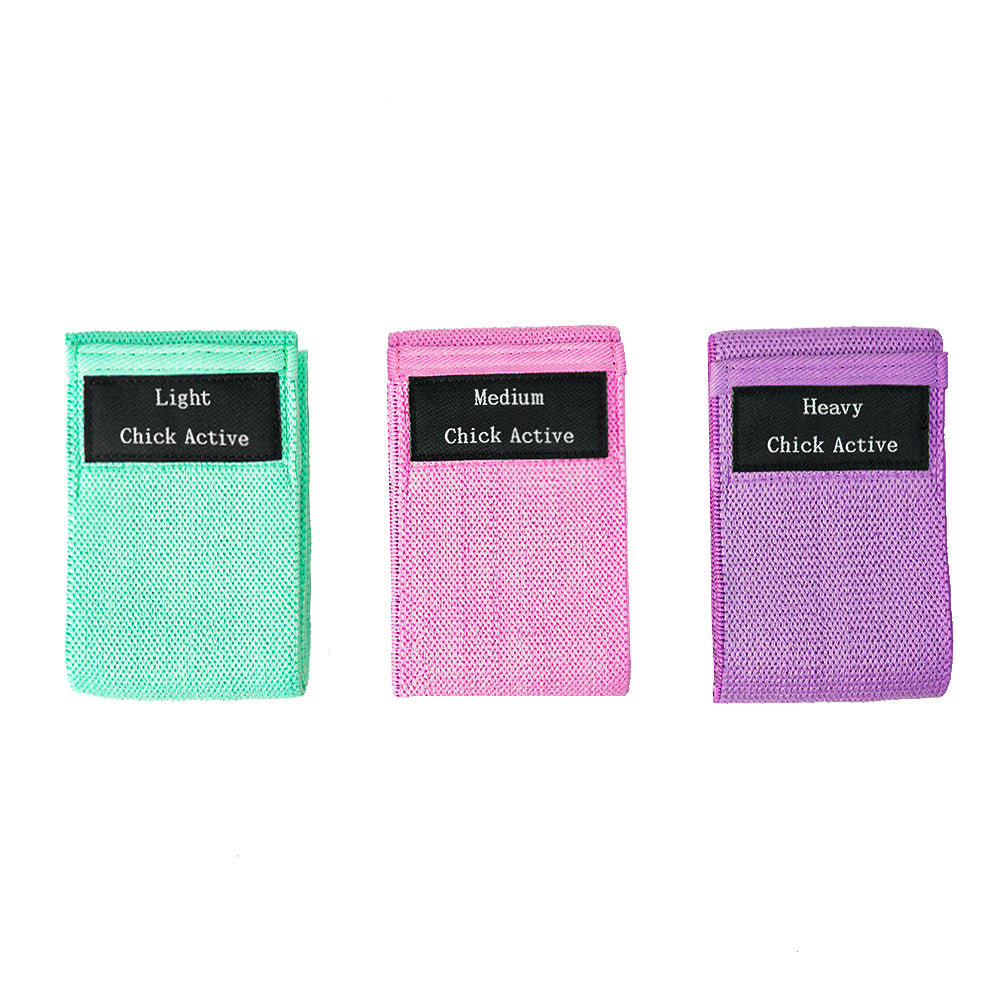
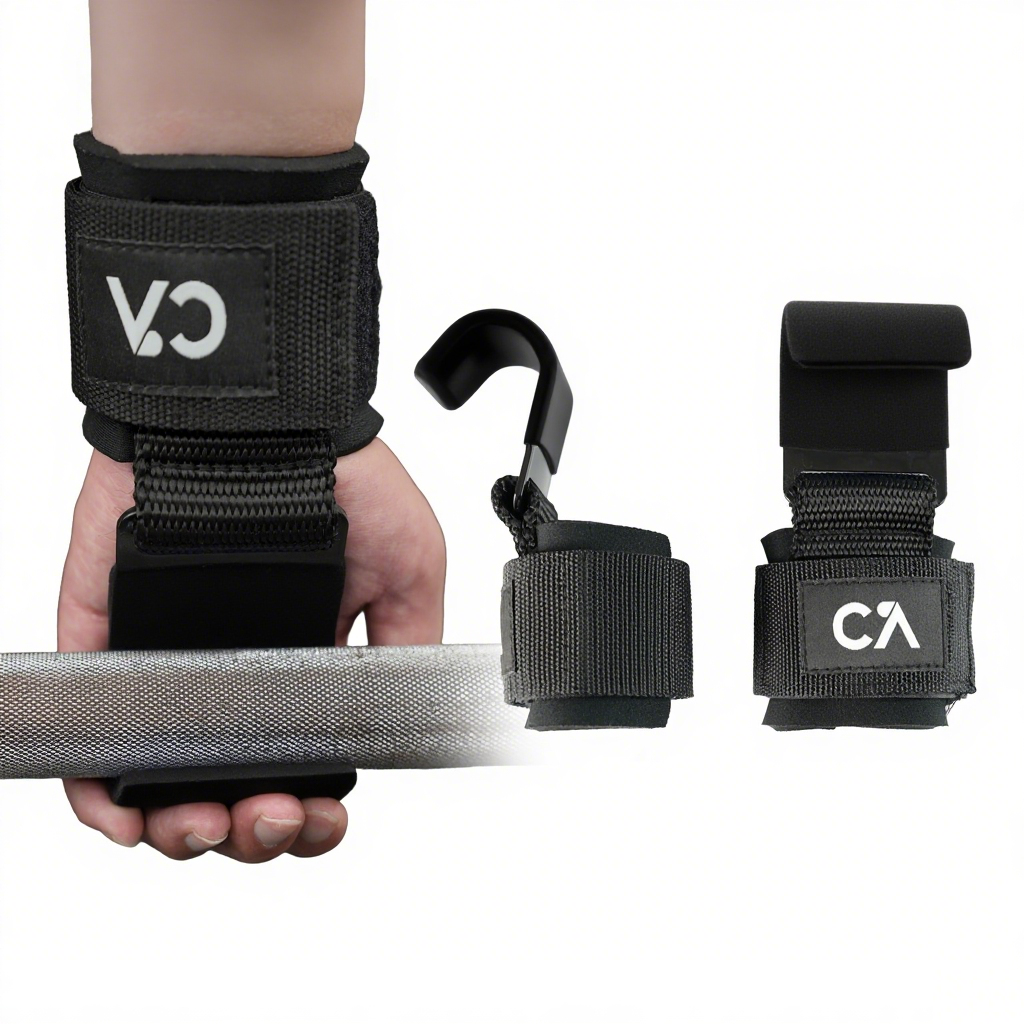
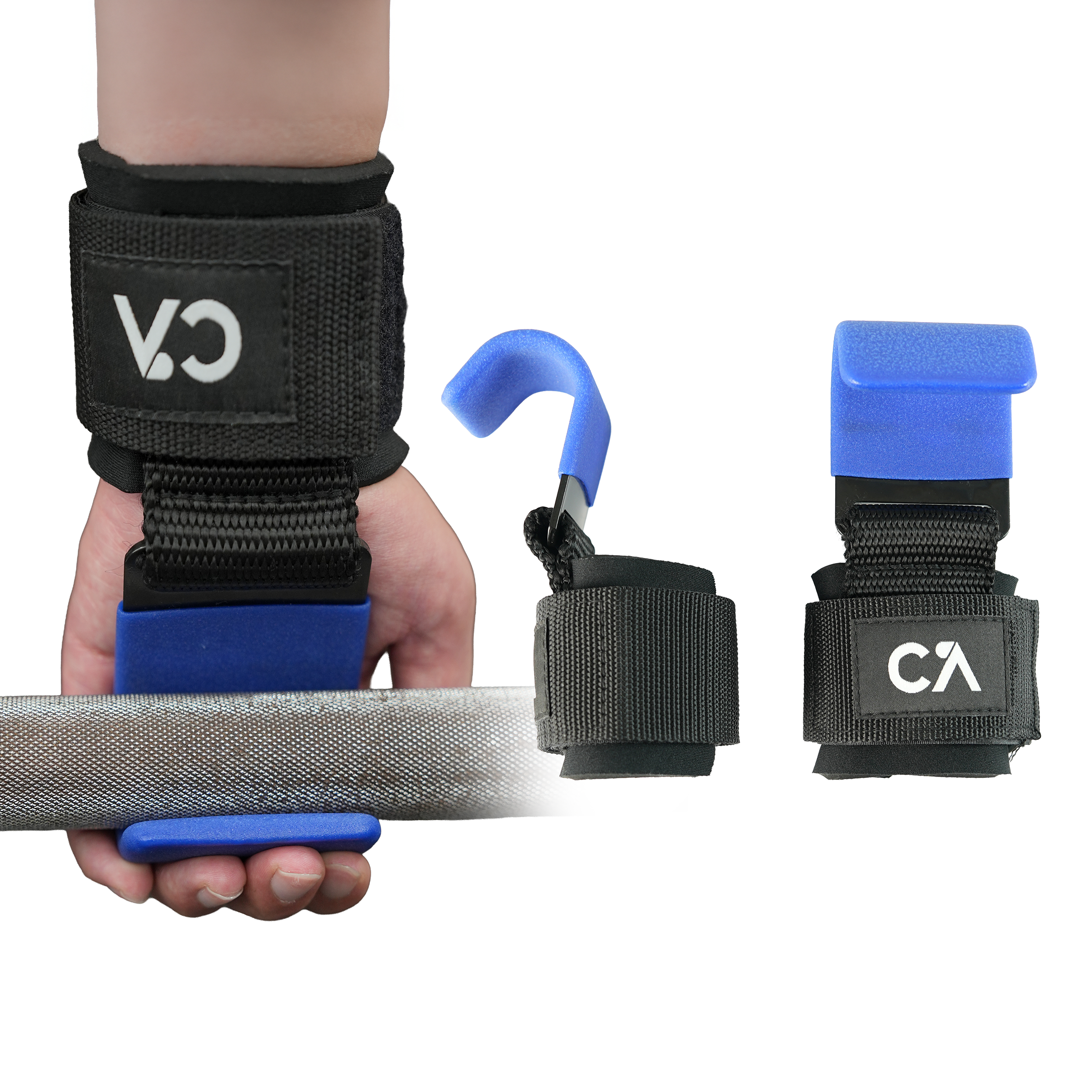
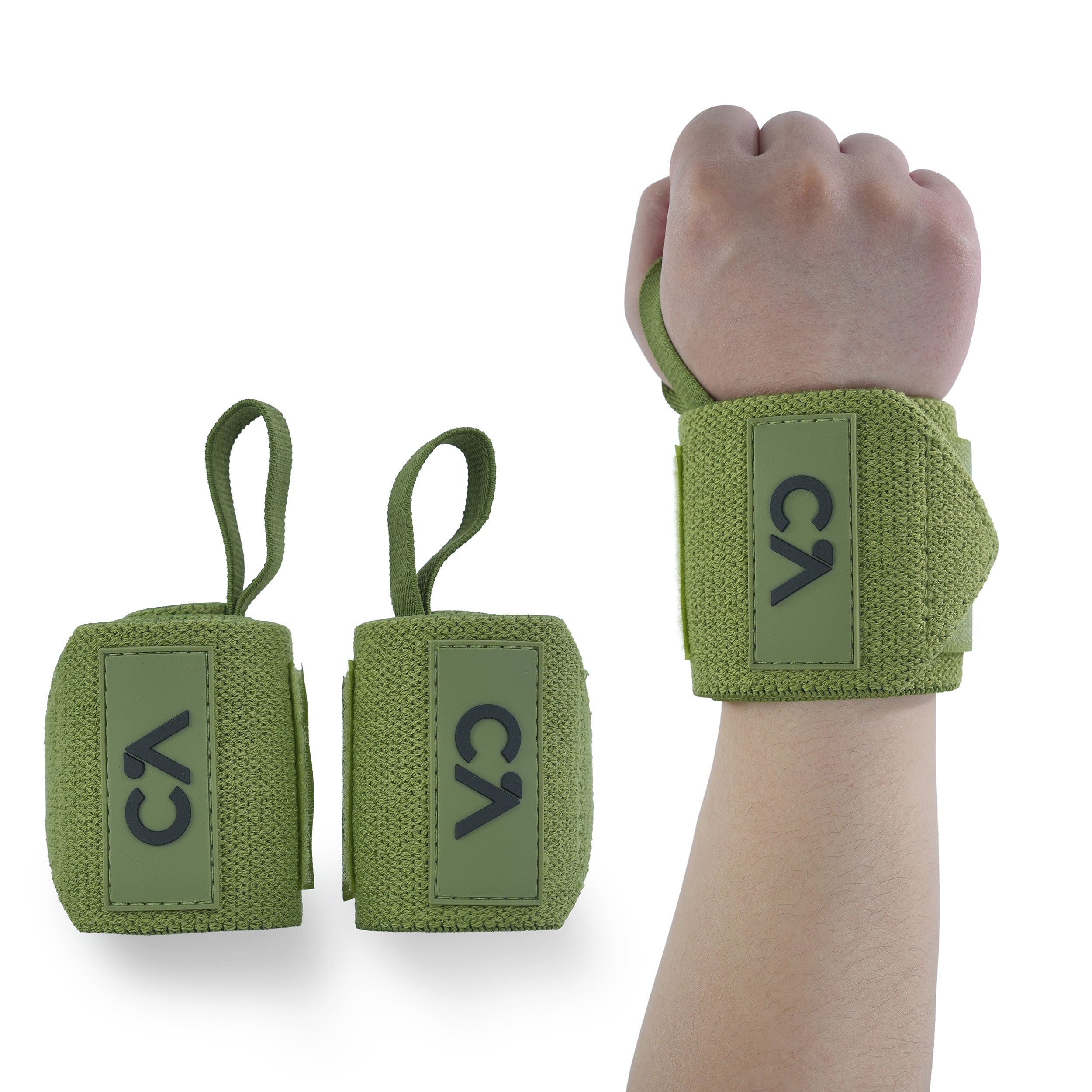
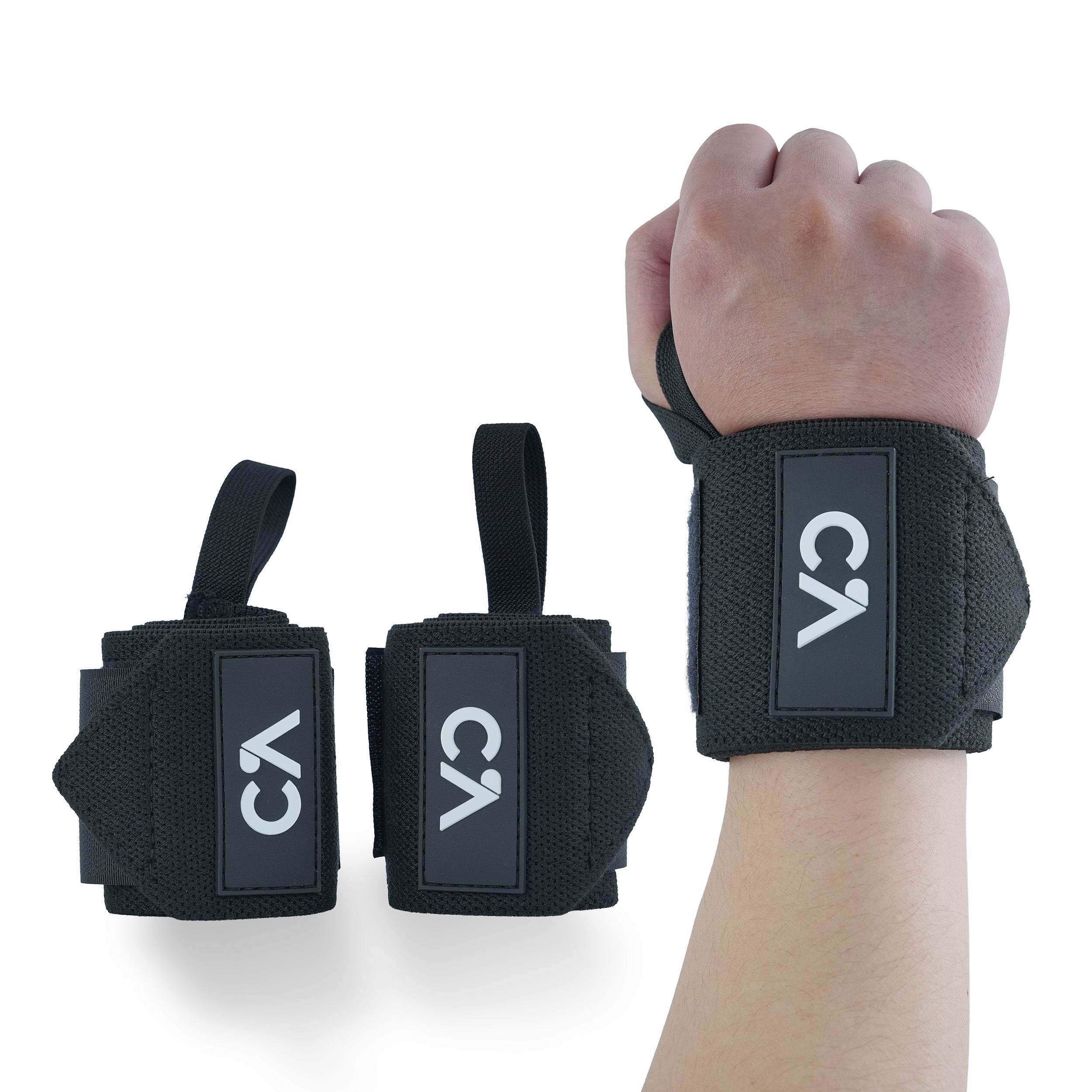
Leave a comment
All comments are moderated before being published.
This site is protected by hCaptcha and the hCaptcha Privacy Policy and Terms of Service apply.